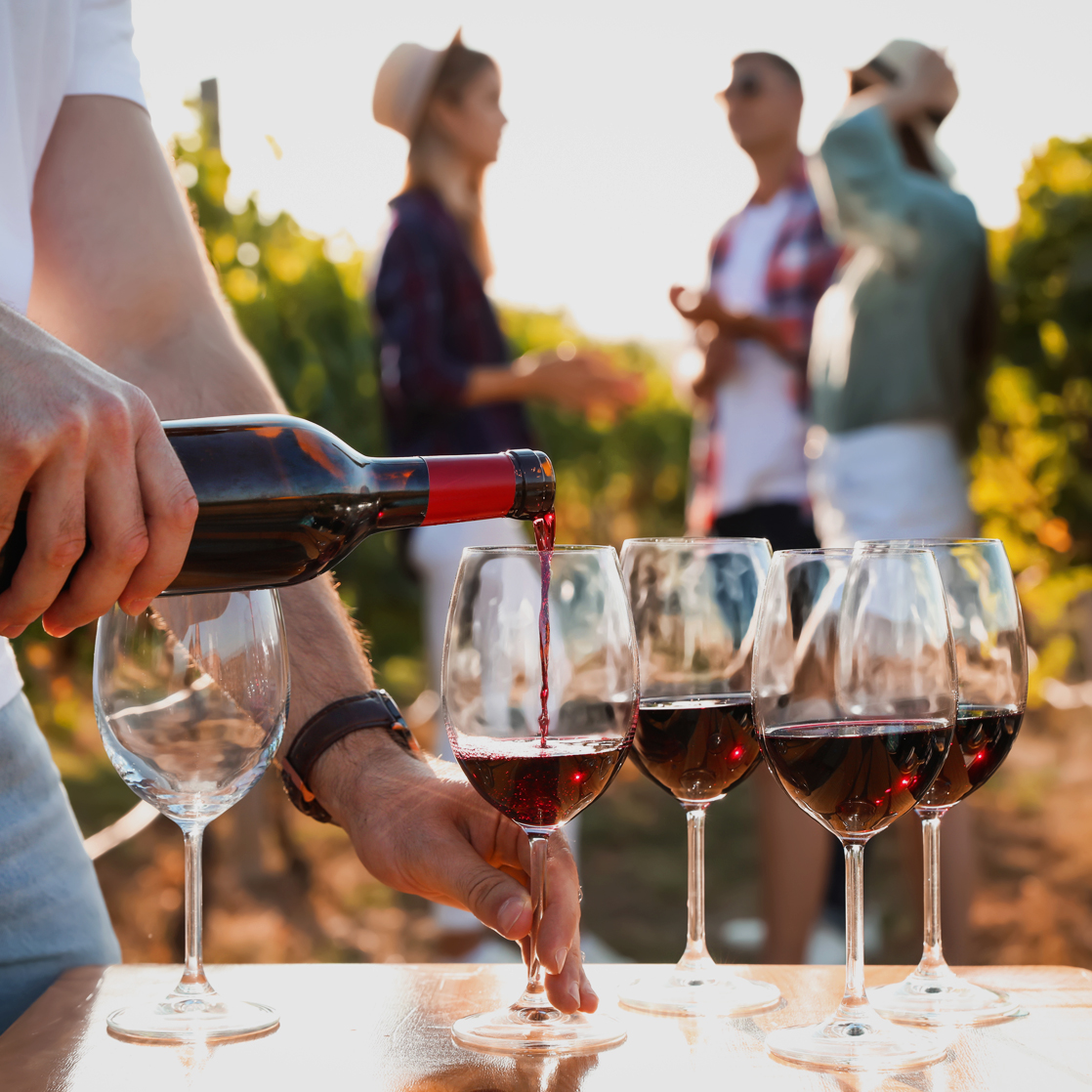First results of scientific research on Valpolicella DOC Superiore: l’appeal grows for a light and streamlined style.

17/09/2023
ITALY
With the 2023 harvest begins the last year of data collection of scientific research on Valpolicella Superiore conducted by the Consorzio Vini Valpolicella in collaboration with the Department of Biotechnology of University of Verona.
An ambitious, meticulous and in-depth research project that the Consorzio Vini Valpolicella, in collaboration with the University of Verona, has been carrying out since 2021 to trace what we could define as the productive “guidelines” of the Valpolicella Superiore of the future. Identify the most successful stylistic, analyze the current offer on the market, offer producers the scientific basis that can guide them in the productive choices of tomorrow, all with the aim of producing a Valpolicella Superiore capable not only of talking about terroir but also of intercepting trends and tastes that are driving consumer preferences in Italy and abroad.
These are the fundamental assets from which the research project conducted since 2021 by the Consorzio Vini Valpolicella in collaboration with the Department of Biotechnology of the University of Verona and which will culminate with the latest data collection from the current harvest. Objective: to provide an indication, on a scientific basis, of what are the stylisycs that find the greatest consensus in today’s commercial landscape.
“The research put into the field,” explains Consortium president Christian Marchesini, “stems from the awareness that Valpolicella, in addition to great structured wines such as Amarone, which comes from withering, and Valpolicella Ripasso, produced with a unique strengthening technique, must also be able to deploy on the markets a reference that speaks loud and clear about the territory, a wine therefore the result of significant aging but capable of making the most of the place of origin without technical interference. Hence the desire to put the magnifying glass on Valpolicella Superiore, in the awareness that this can be a modern wine, capable of playing a leading role in the current commercial scene by intercepting a consumer segment that prefers wines with lighter alcohol contents and greater drinkability.”
The research conducted by Prof. Maurizio Ugliano and his team from the Department of Biotechnology at the University of Verona moved in two directions:
“On the one hand – says Prof. Ugliano – the Consortium has collected in many sites, during the past two harvests, grape samples that were vinified in the laboratory creating blends of Corvina, Corvinone and Rondinella combined together in different ways. The wines obtained were analyzed at a chemical and sensorial level to understand the composition of the grapes and type of blend, respectively fruit of the characteristics of the different vineyards and the choices of the winemaker, characterize the wine. 2023 will be the last harvest of this three-year period of research which will close the data collection and which will allow us to publish the final data of this important journey in 2025.”
The project simultaneously investigated the commercial panorama of Valpolicella Superiore to understand if the direction and conceptual purpose of the research was correct. “The Consortium also wanted to study the stylistics of the different Valpolicella Superiore on the market today and to this end 63 samples of wines were analyzed by the University, to characterize their aromatic composition in detail. In addition, however, these sixty-three samples were also entrusted to the expert tasting of a panel of international experts made up of opinion leaders, journalists, sommeliers and tasters convened in February 2023 in order to verify whether there were more recurrent styles than others both at the alcoholic and structural. Overall, it was possible to identify some aromatic compounds characteristic of different styles existing among producers, which will allow in the future to define more precisely the importance of vineyard and cellar variables in the stylistic interpretation of Valpolicella Superiore.”
The results collected and systematized are very interesting and indicative as, from the analysis, it emerges that of the four main styles identified – slender, light, structured and powerful – the light and slender styles are those that have found the greatest appreciation. The results of this part of the research were presented to the producers of Valpolicella Superiore during three evenings which took place in July 2023.
For the publication of the final results of this impressive research work, the Consorzio Vini Valpolicella postpones it to 2025, the year in which the samplings of the last harvest now underway will also be analyzed and systematized and will allow to have an exhaustive picture, with the hope of providing a valuable wealth of data made available to producers to better direct their production strategies.